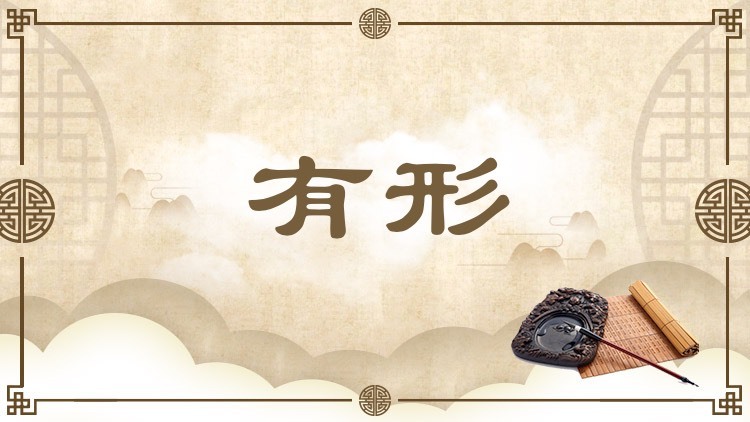Corporeal

具有形体,与“无形”相对。形体包含大小、长短、轻重等属性,也构成与他者相区分的界限。人们可以依据“有形”之物的属性,使用相应的名称来加以指示。古人或认为,“有形”之物的生成与变化都依赖于“无形”的本体或本原;也有人认为,“有形”之物可以独立生成,不存在某种“无形”的本体或本原。
As opposed to wuxing (无形 incorporeal), youxing (有形) literally means "corporeal" or "existing in a physical form." Forms, which are measured by size, length, weight, and so forth, help to differentiate one thing from another. The measurements of the corporeal serve as reference points for nomenclature. In ancient times, some people believed that the generation and changing of the corporeal relied upon incorporeal nature or origin, while others believed in the self-generation of the corporeal and rejected the existence of an incorporeal nature or origin.
引例 Citations:
◎物固有形,形固有名,名当,谓之圣人。(《管子·心术上》)
事物本来就会有形体,有形体就会有名称,使名称与形体相符,就称之为圣人。
Things do have forms, and forms have names. Those who give appropriate names to forms are called sages. (Guanzi)
◎凡物之有形者,易裁也,易割也。何以论之?有形,则有短长;有短长,则有小大;有小大,则有方圆;有方圆,则有坚脆;有坚脆,则有轻重;有轻重,则有白黑。(《韩非子·解老》)
凡事物具有形体的,就容易裁制,容易分割。为何这样说呢?有形体,就会有短长;有短长,就会有小大;有小大,就会有方圆;有方圆,就会有坚脆;有坚脆,就会有轻重;有轻重,就会有白黑的颜色。
Anything in a physical form is easy to cut and segment. What is the reason behind this? If a thing is corporeal, it must be either short or long, small or big, square or circular, solid or fragile, light or heavy, white or black. (Hanfeizi)
推荐:教育部 国家语委
供稿:北京外国语大学 外语教学与研究出版社
责任编辑:钱耐安





